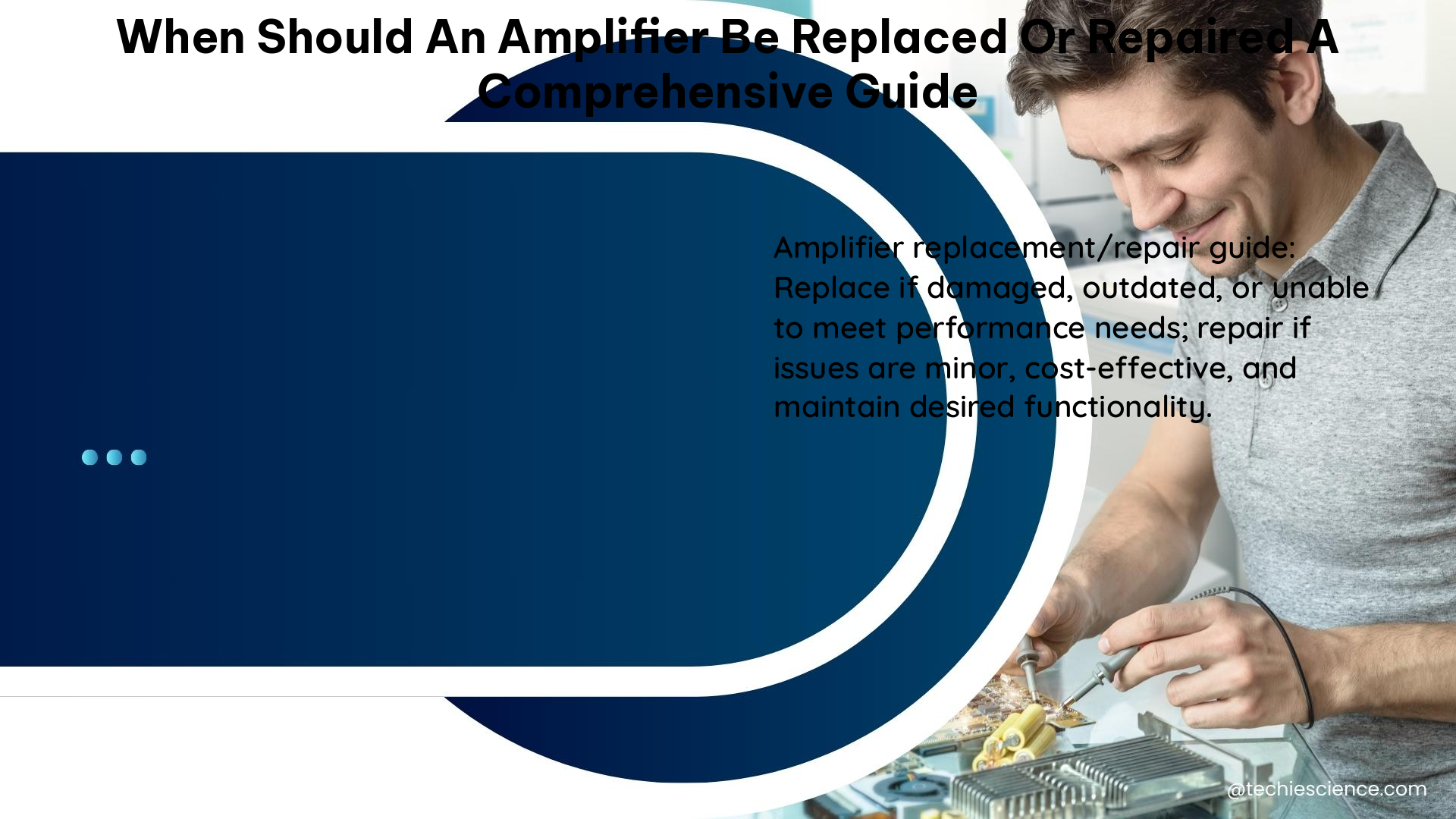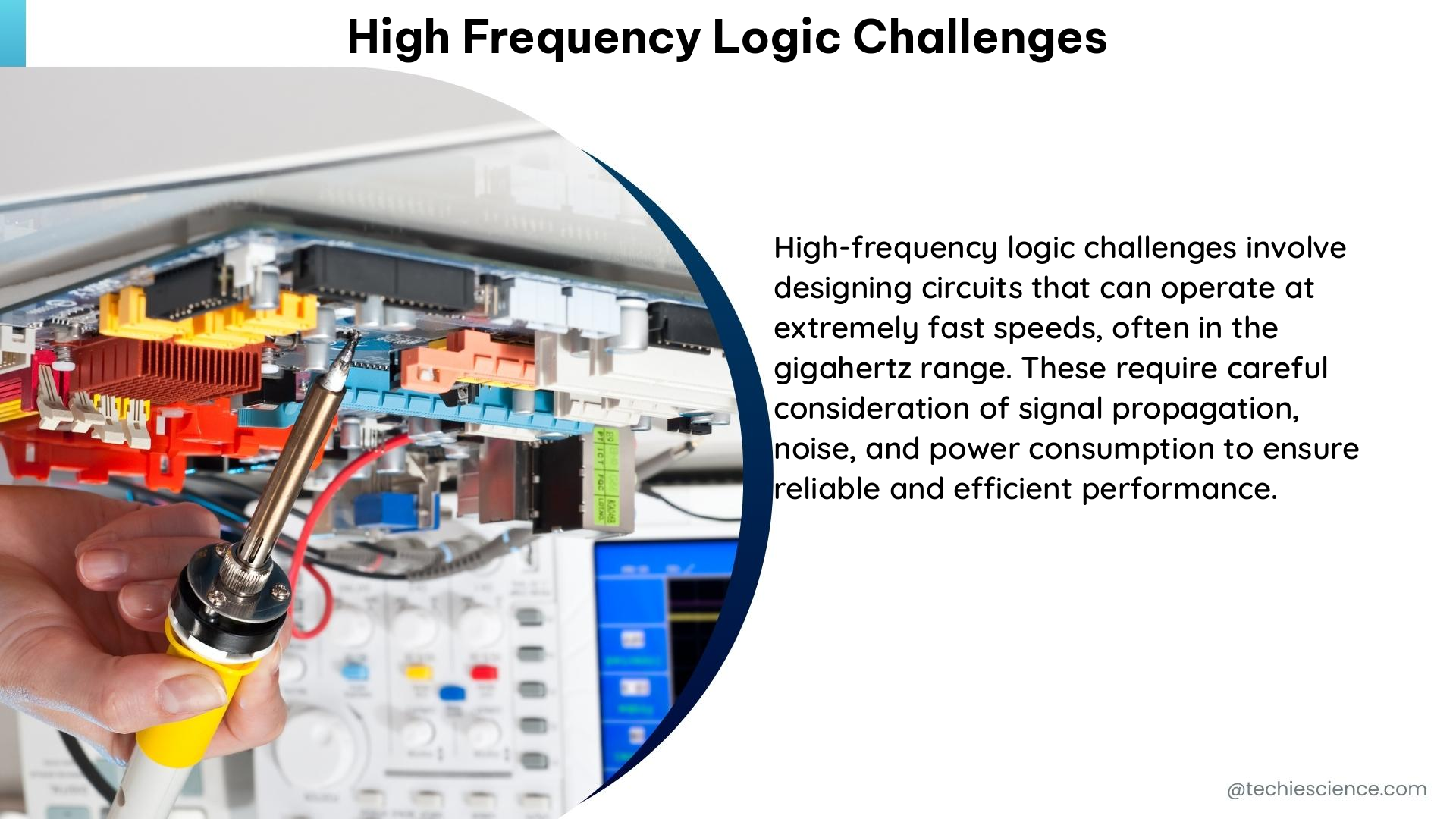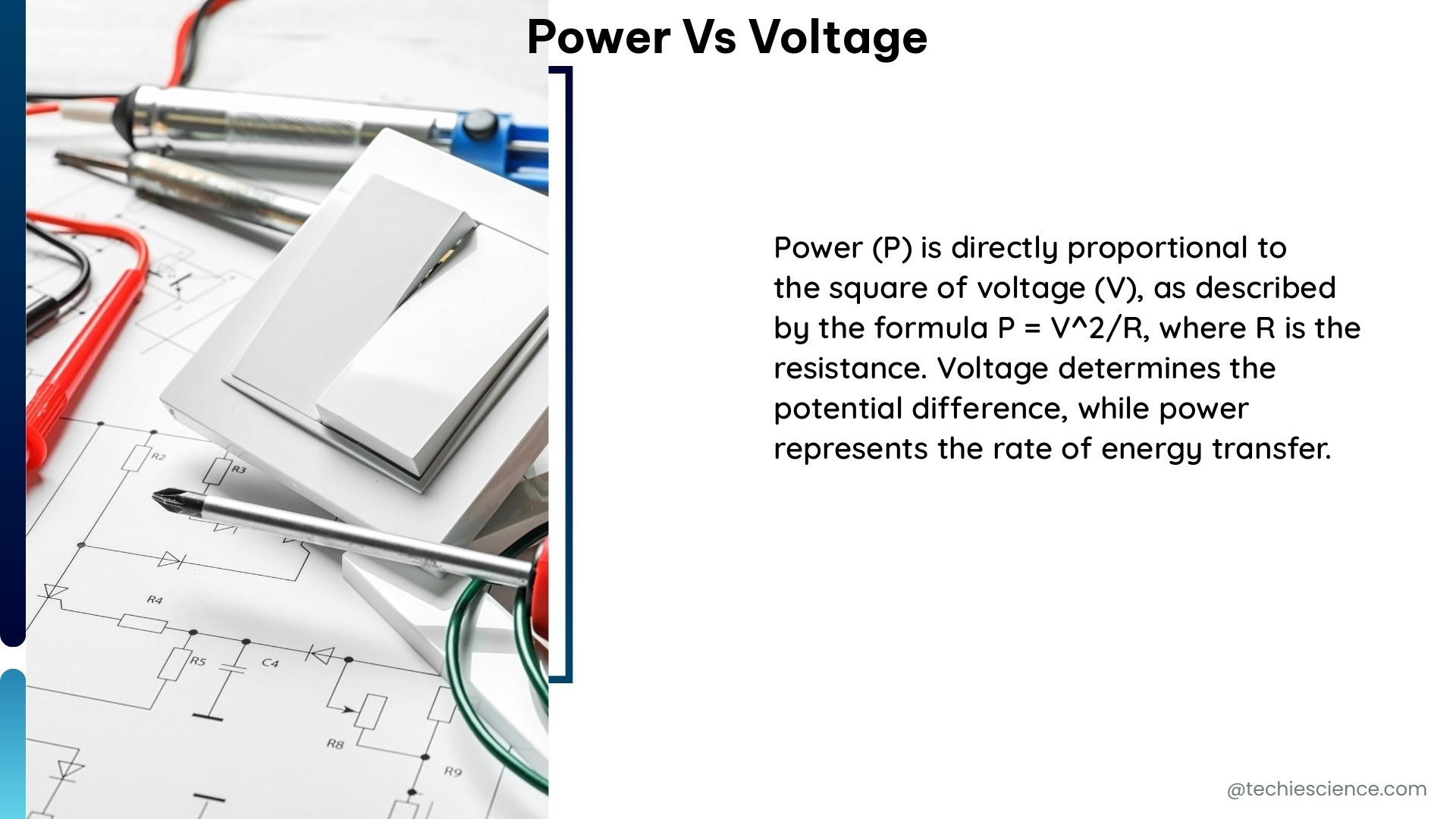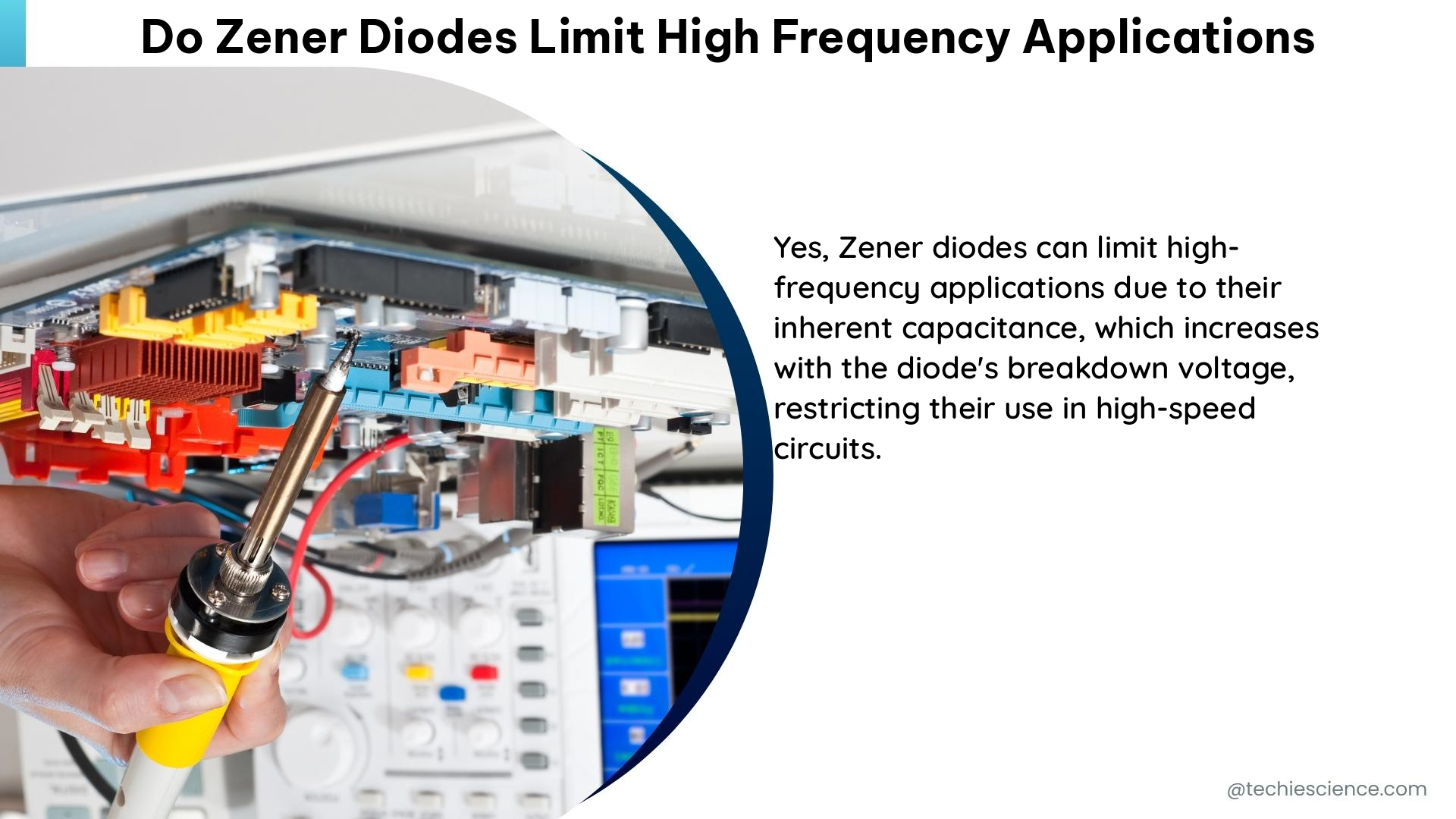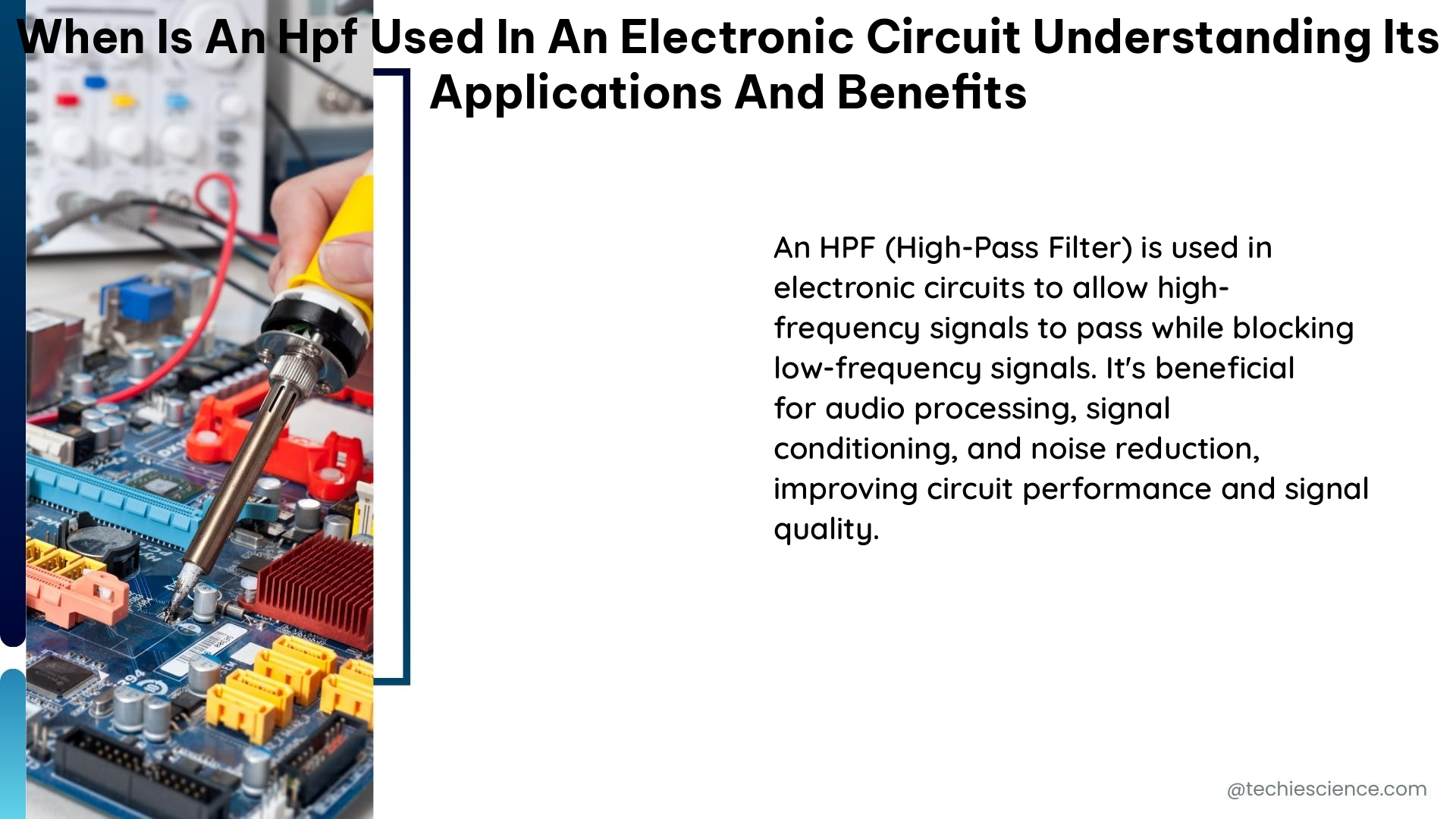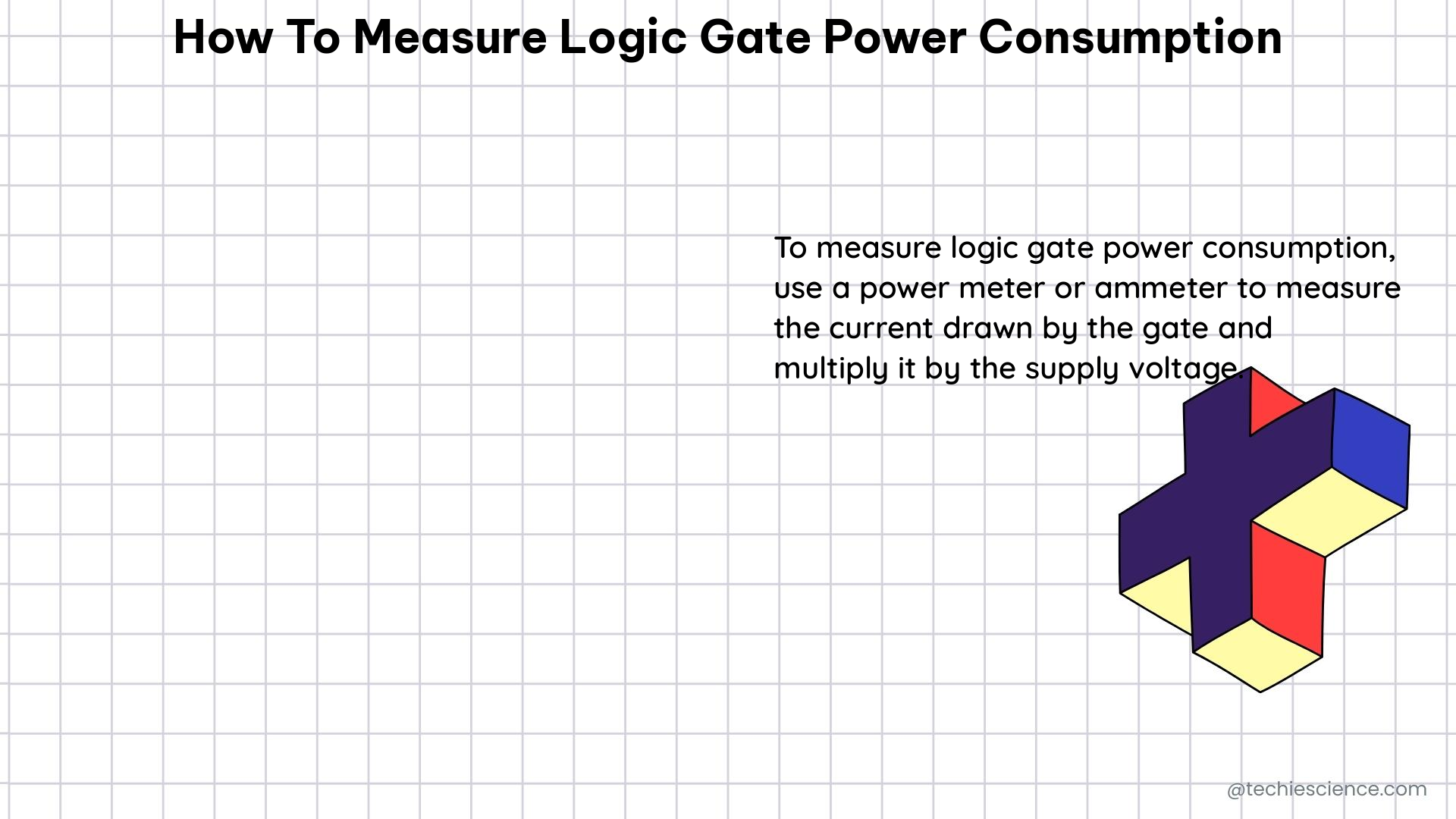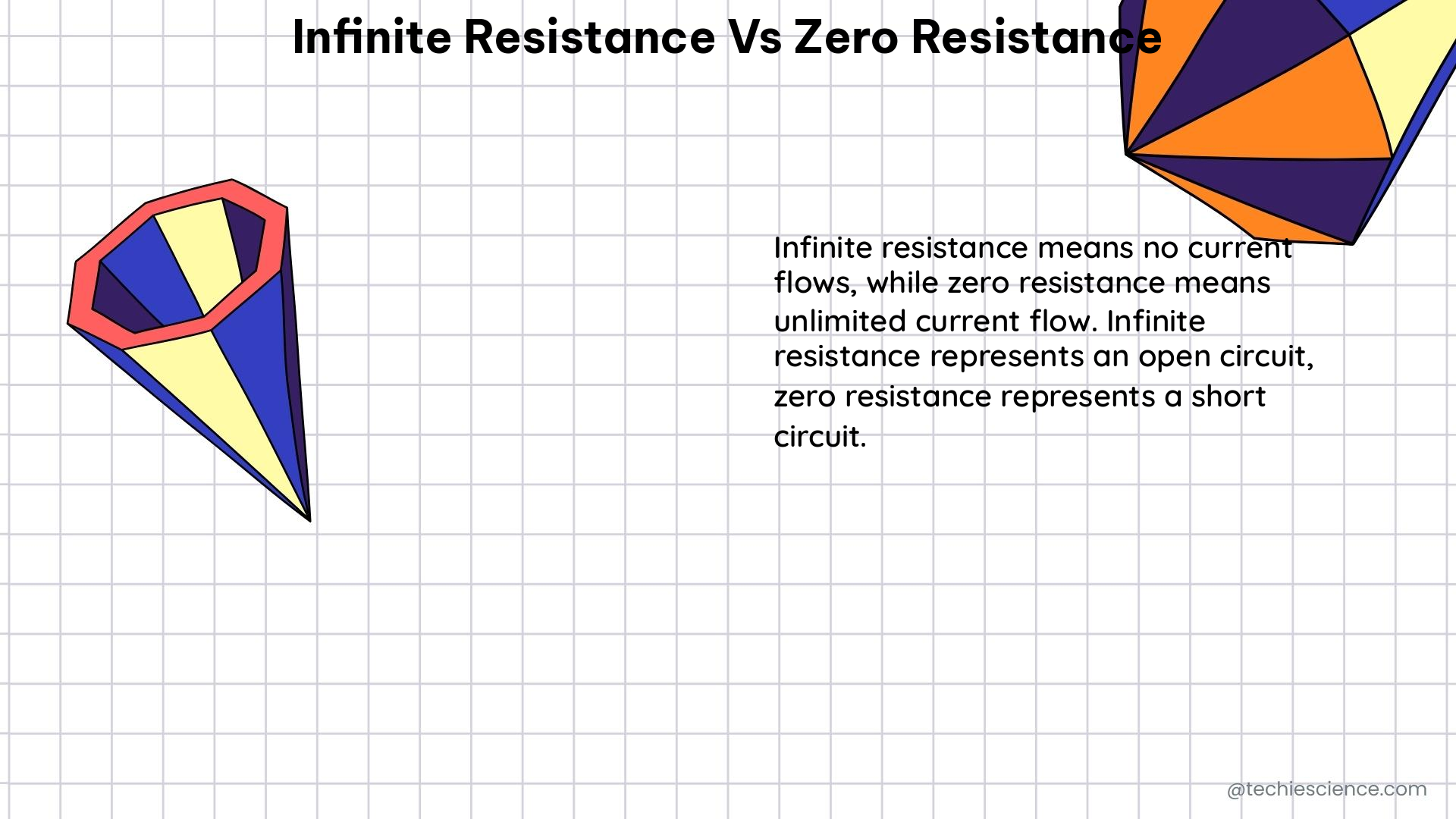In the world of electrical circuits, understanding the concept of parallel resistance is crucial for designing, analyzing, and troubleshooting various electronic systems. This comprehensive guide will delve into the intricacies of finding parallel resistance, providing you with a step-by-step approach and a wealth of technical details to ensure you become a proficient practitioner in this field.
Understanding Parallel Resistance
Parallel resistance is a fundamental concept in electrical engineering, where multiple resistors are connected in a parallel configuration. In a parallel circuit, the current has multiple paths to flow through, and the total resistance of the circuit is always less than the resistance of the individual components.
The formula to calculate the equivalent resistance (Req) of a parallel circuit is:
1/Req = 1/R1 + 1/R2 + 1/R3 + … + 1/Rn
Where R1, R2, R3, …, Rn are the individual resistor values in the parallel circuit.
Calculating Parallel Resistance: Step-by-Step Approach
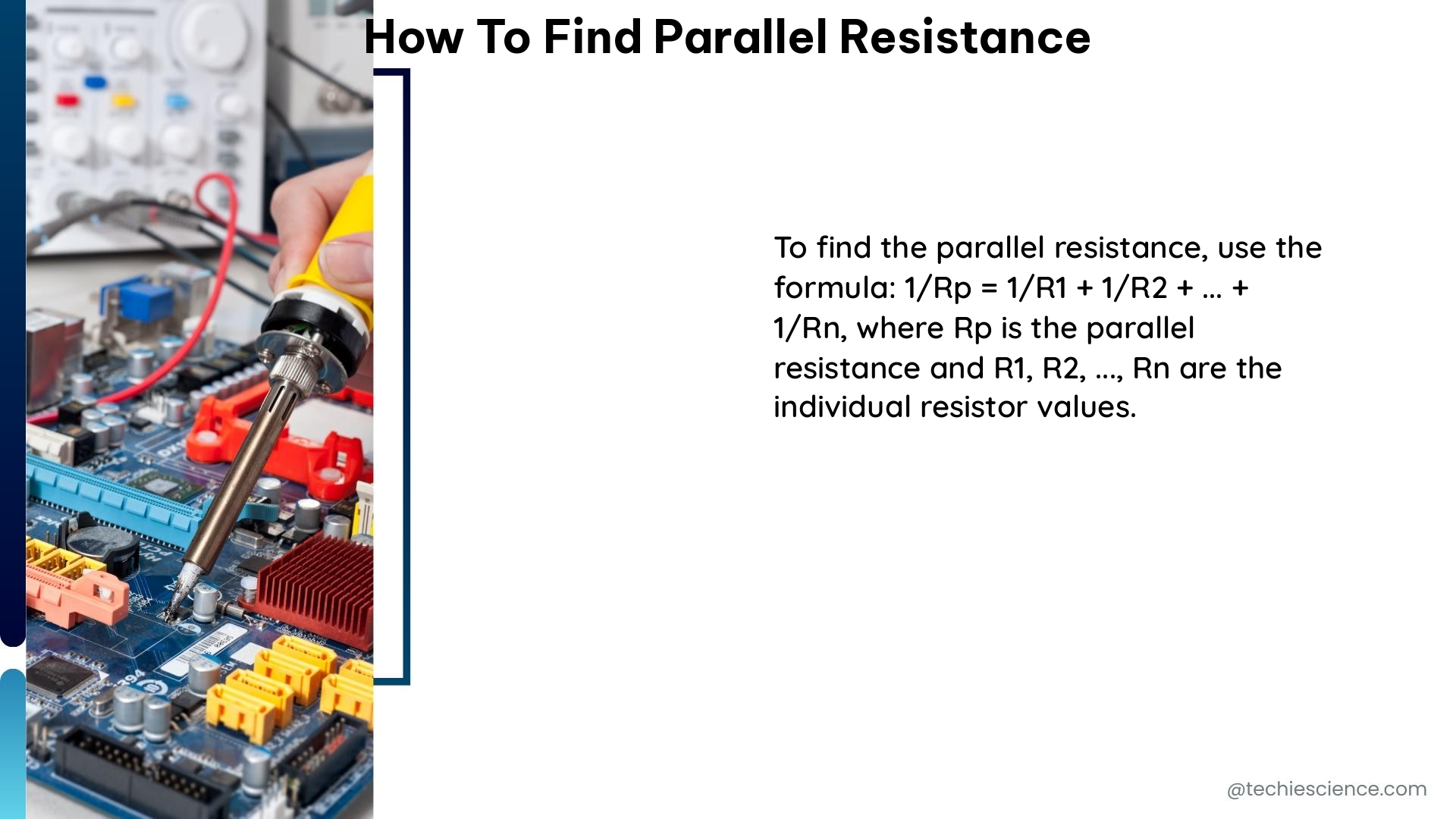
To find the parallel resistance of a circuit, follow these steps:
Step 1: Identify the Resistors in Parallel
The first step is to identify the resistors that are connected in parallel. This can be done by carefully examining the circuit diagram or the physical layout of the components.
Step 2: Determine the Individual Resistor Values
Once you have identified the resistors in parallel, you need to determine the individual resistance values. This information can be obtained from the circuit diagram, component datasheets, or by directly measuring the resistors using a multimeter.
Step 3: Apply the Parallel Resistance Formula
With the individual resistor values, you can now apply the parallel resistance formula to calculate the equivalent resistance of the circuit:
1/Req = 1/R1 + 1/R2 + 1/R3 + … + 1/Rn
Step 4: Simplify the Calculation
After applying the formula, you may need to simplify the calculation to arrive at the final equivalent resistance value. This may involve performing mathematical operations such as addition, subtraction, multiplication, and division.
Step 5: Verify the Result
Once you have calculated the equivalent resistance, it’s important to verify the result. You can do this by checking the calculated value against the expected or measured resistance of the circuit.
Examples and Case Studies
Let’s explore some practical examples to solidify your understanding of finding parallel resistance.
Example 1: Two Resistors in Parallel
Suppose you have two resistors, R1 = 20 Ω and R2 = 30 Ω, connected in parallel. To find the equivalent resistance, we can use the formula:
1/Req = 1/R1 + 1/R2
1/Req = 1/20 + 1/30
1/Req = 3/60 + 2/60
1/Req = 5/60
Req = 60/5 Ω
Req = 12 Ω
Therefore, the equivalent resistance of the parallel circuit with two resistors is 12 Ω.
Example 2: Three Resistors in Parallel
Now, let’s consider a parallel circuit with three resistors: R1 = 20 Ω, R2 = 30 Ω, and R3 = 30 Ω. To find the equivalent resistance, we can use the formula:
1/Req = 1/R1 + 1/R2 + 1/R3
1/Req = 1/20 + 1/30 + 1/30
1/Req = 3/60 + 2/60 + 2/60
1/Req = 7/60
Req = 60/7 Ω
Req ≈ 8.57 Ω
Therefore, the equivalent resistance of the parallel circuit with three resistors is approximately 8.57 Ω.
Example 3: Parallel Resistance with Varying Resistor Values
In this example, let’s consider a parallel circuit with four resistors: R1 = 10 Ω, R2 = 20 Ω, R3 = 30 Ω, and R4 = 40 Ω. To find the equivalent resistance, we can use the formula:
1/Req = 1/R1 + 1/R2 + 1/R3 + 1/R4
1/Req = 1/10 + 1/20 + 1/30 + 1/40
1/Req = 4/60 + 3/60 + 2/60 + 1.5/60
1/Req = 10.5/60
Req = 60/10.5 Ω
Req ≈ 5.71 Ω
Therefore, the equivalent resistance of the parallel circuit with four resistors of varying values is approximately 5.71 Ω.
Practical Applications and Considerations
Parallel resistance is widely used in various electronic circuits and systems, including:
- Power Supply Circuits: Parallel resistors are often used in power supply circuits to distribute the current load and ensure efficient power distribution.
- Sensor Networks: In sensor networks, parallel resistors are used to create voltage divider circuits for signal conditioning and processing.
- Lighting Systems: Parallel resistors are employed in lighting systems, such as LED arrays, to ensure uniform current distribution and prevent individual LEDs from burning out.
- Analog Circuits: Parallel resistors are used in analog circuits, such as amplifiers and filters, to provide feedback, load balancing, and impedance matching.
- Digital Circuits: Parallel resistors are used in digital circuits, such as pull-up or pull-down resistors, to ensure proper logic levels and prevent signal degradation.
When working with parallel resistance, it’s important to consider the following factors:
- Power Dissipation: In a parallel circuit, the power dissipated by each resistor is inversely proportional to its resistance value. Ensure that the resistors can handle the power dissipation without exceeding their rated limits.
- Tolerance and Accuracy: The tolerance and accuracy of the individual resistors can affect the overall equivalent resistance. Consider using resistors with tight tolerance specifications for critical applications.
- Temperature Effects: Resistor values can change with temperature, which can impact the equivalent resistance of the parallel circuit. Account for temperature variations in your design and analysis.
- Parallel Resistance in Series Circuits: When dealing with a combination of series and parallel circuits, the equivalent resistance of the parallel portion must be calculated first before determining the overall series resistance.
Conclusion
Mastering the art of finding parallel resistance is a crucial skill for any electronics engineer or technician. By following the step-by-step approach and understanding the underlying principles, you can confidently tackle a wide range of parallel resistance problems, from simple two-resistor circuits to more complex multi-resistor configurations.
Remember, the key to success in this field lies in your ability to apply the parallel resistance formula, simplify the calculations, and verify the results. With the examples and practical considerations provided in this guide, you are well on your way to becoming a proficient practitioner in the world of parallel resistance analysis.
